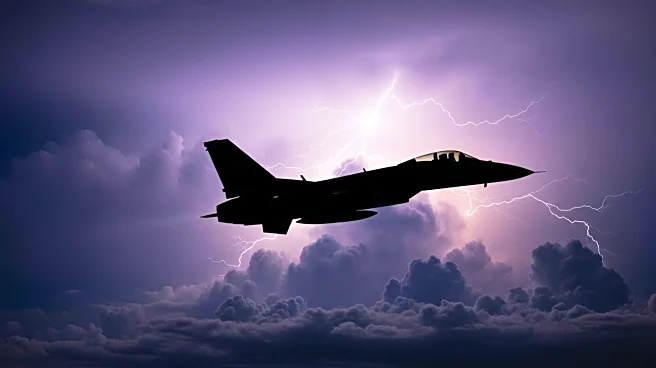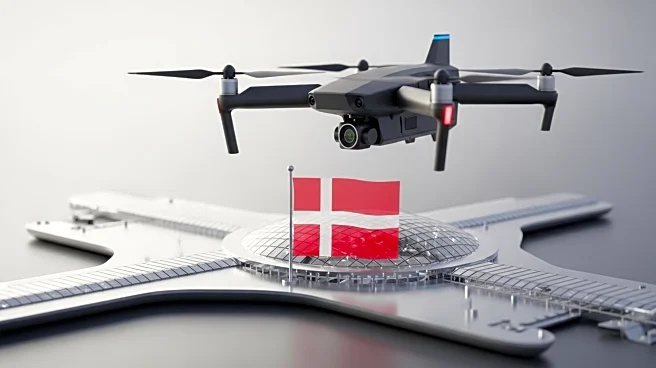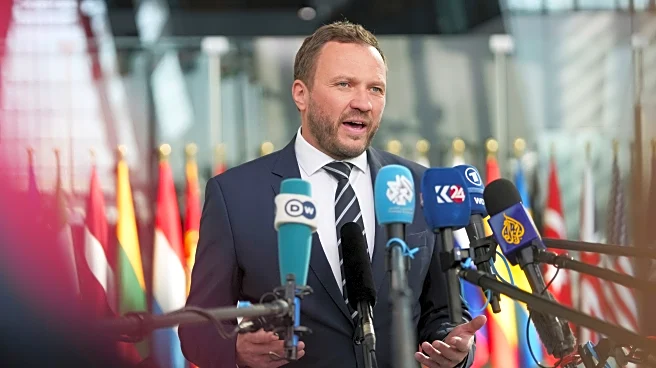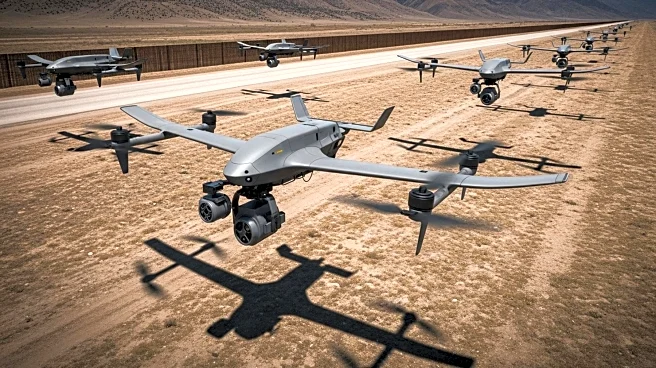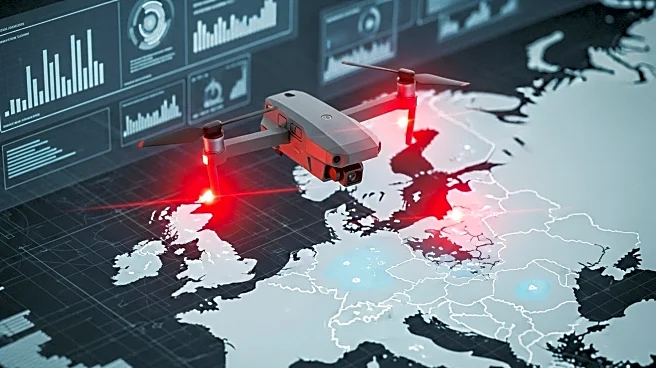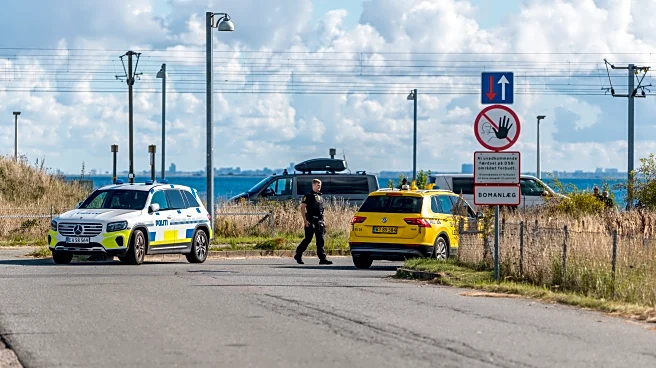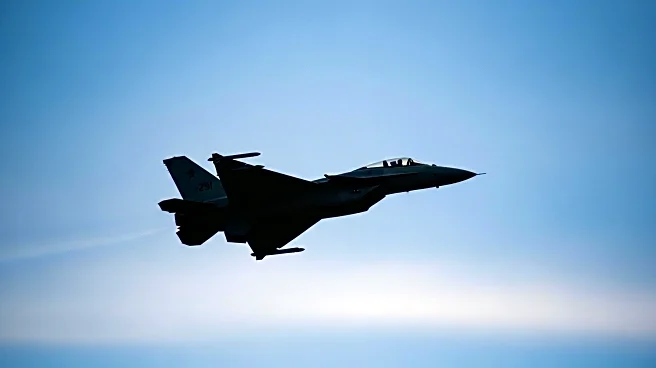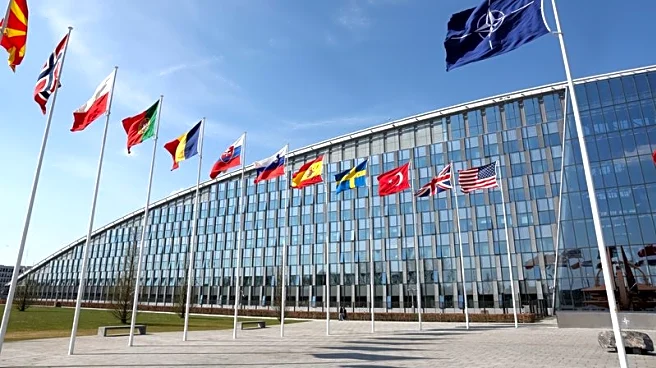What's Happening?
NATO Secretary General Mark Rutte has labeled recent Russian airspace violations as 'reckless' and 'escalatory.' On September 19, Russian MiG-31 fighters entered Estonian airspace for 12 minutes, prompting NATO fighters, including Italian F-35s, to scramble in response. This incident is part of a broader pattern of Russian incursions into the airspace of several European countries, including Poland, Finland, Latvia, Lithuania, Norway, and Romania. Poland reported 19 violations in one night by drones from Belarus, which Polish leaders suspect were deliberate provocations. In response, NATO has activated its Eastern Sentry enhanced air defense capability along the borders with Russia and Belarus. The Russian aircraft involved did not have flight plans, their transponders were off, and they did not communicate with Estonian air traffic control.
Why It's Important?
These airspace violations by Russia pose significant risks of miscalculation and potential conflict escalation in Europe. NATO's response underscores its commitment to defending member states and maintaining regional security. The incidents have prompted countries like Estonia and Poland to invoke NATO's Article 4, seeking consultations with other member nations. The activation of NATO's enhanced air defense capabilities reflects the seriousness with which these violations are being treated. The situation highlights the ongoing tensions between NATO and Russia, with potential implications for international diplomacy and military strategy in the region.
What's Next?
NATO's continued readiness to defend its airspace suggests that further violations could lead to more robust military responses. The alliance's actions may deter future incursions, but they also risk escalating tensions with Russia. The international community will be closely monitoring the situation, as any missteps could lead to broader conflict. Diplomatic efforts may be necessary to address the underlying issues and prevent further provocations.



